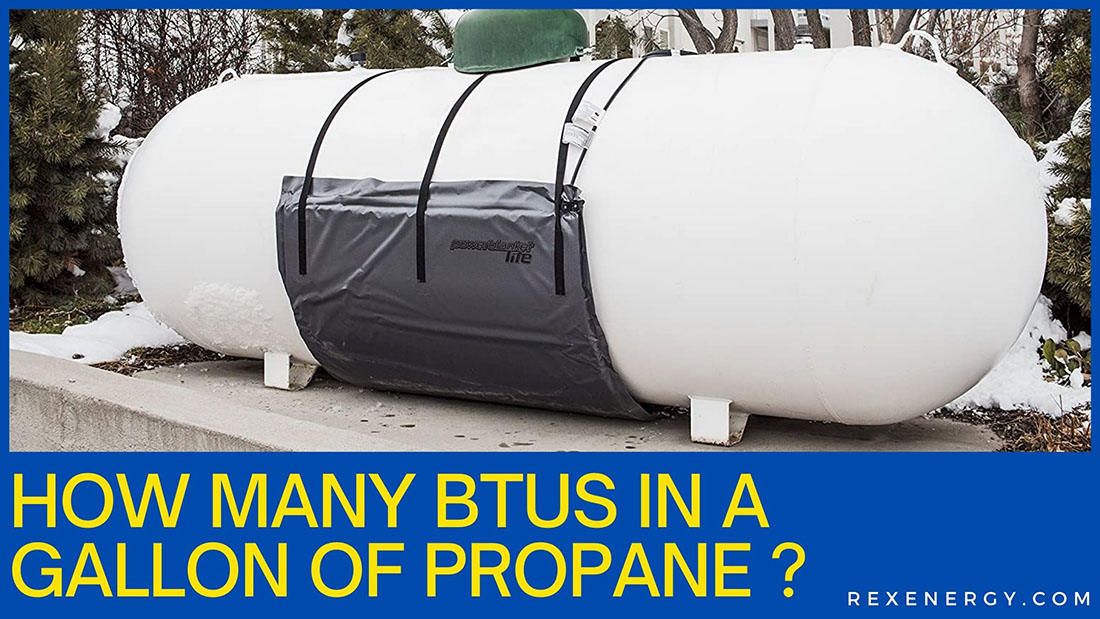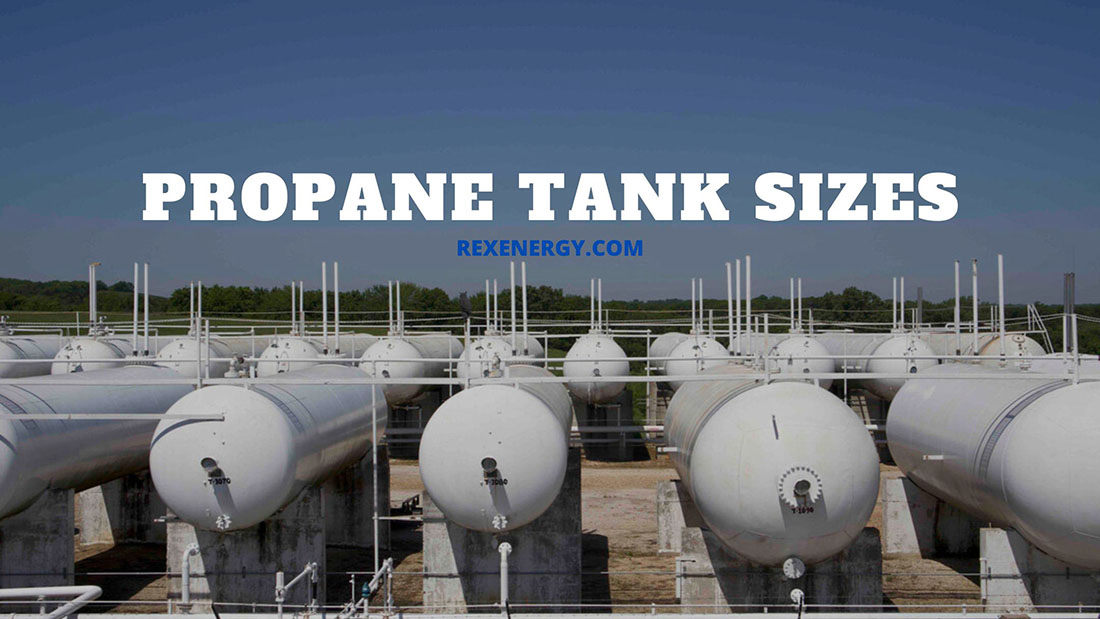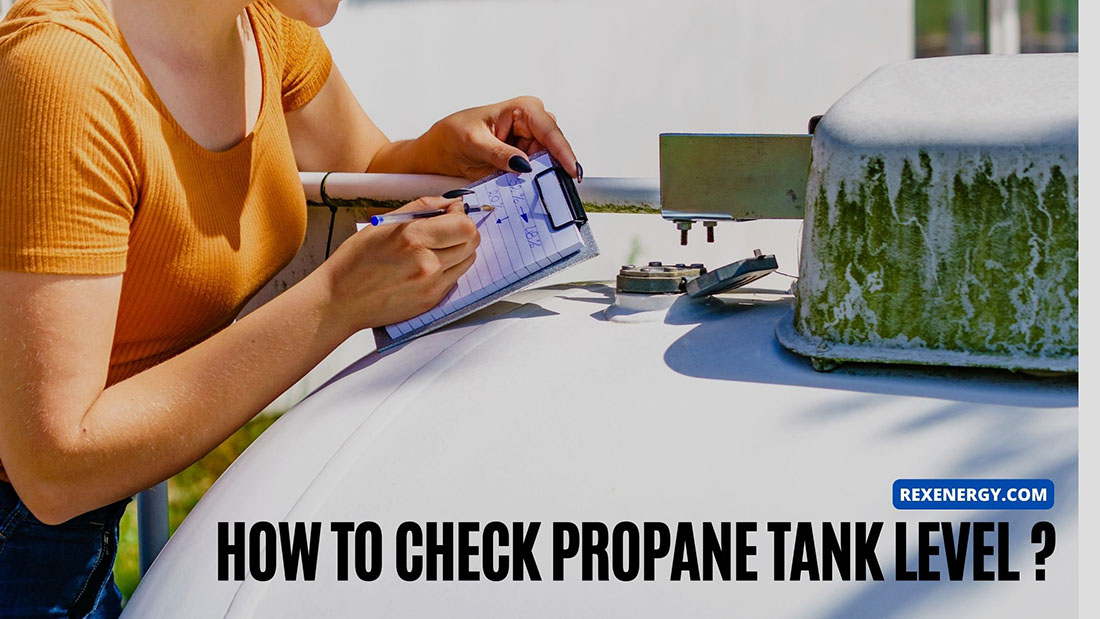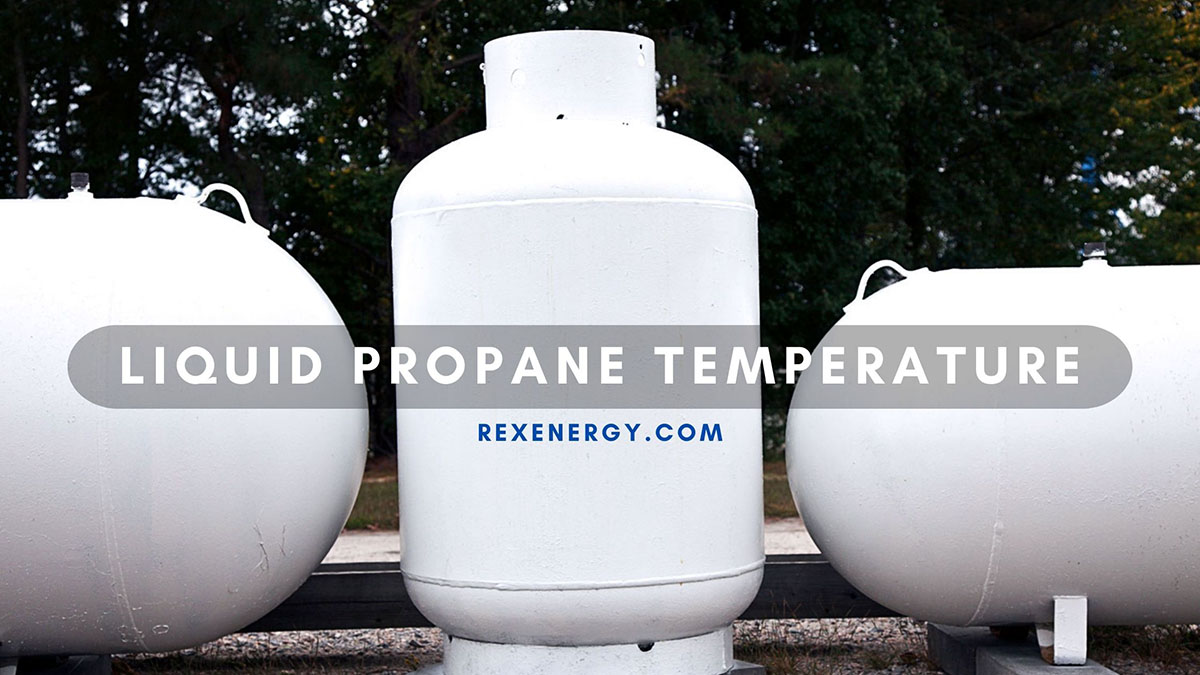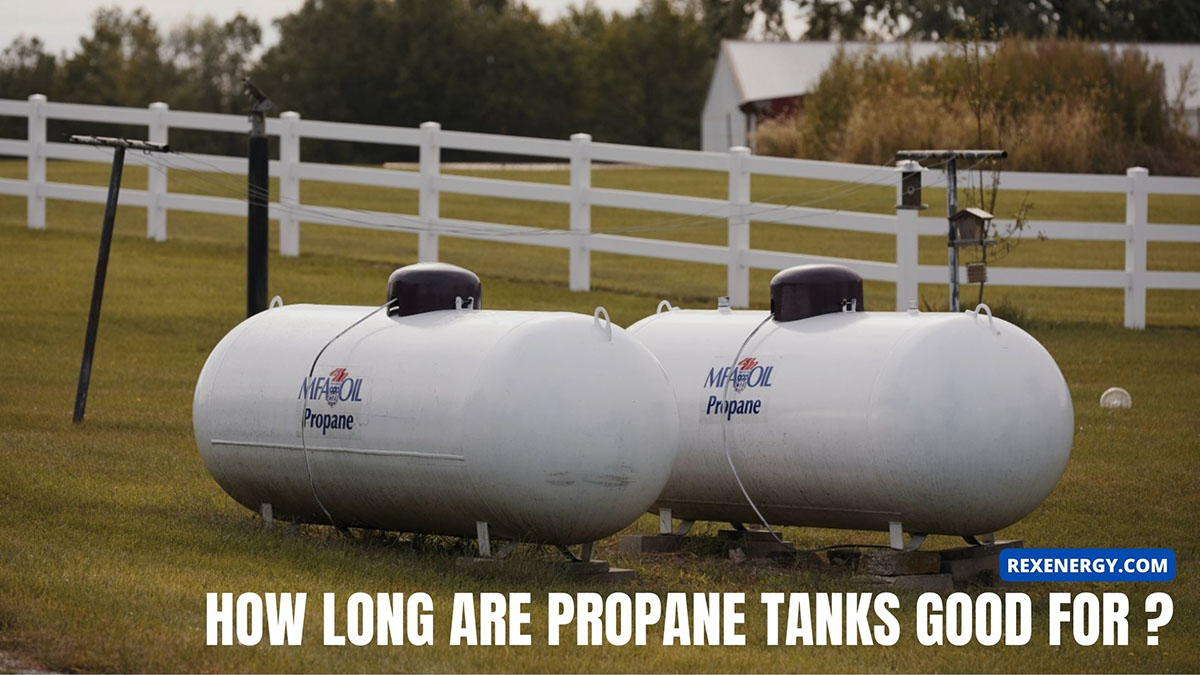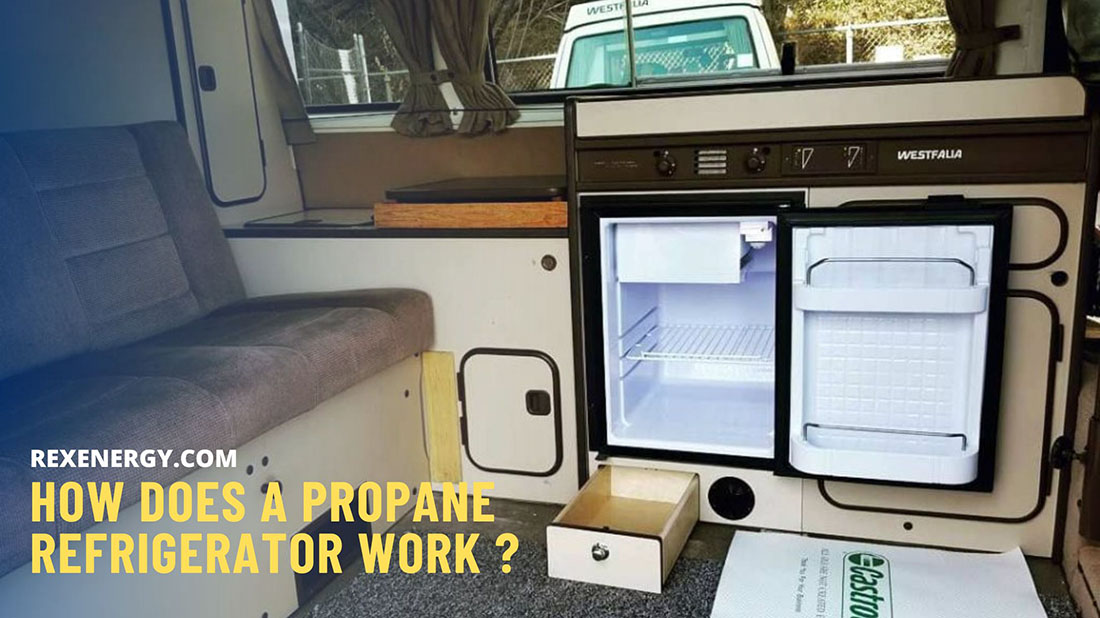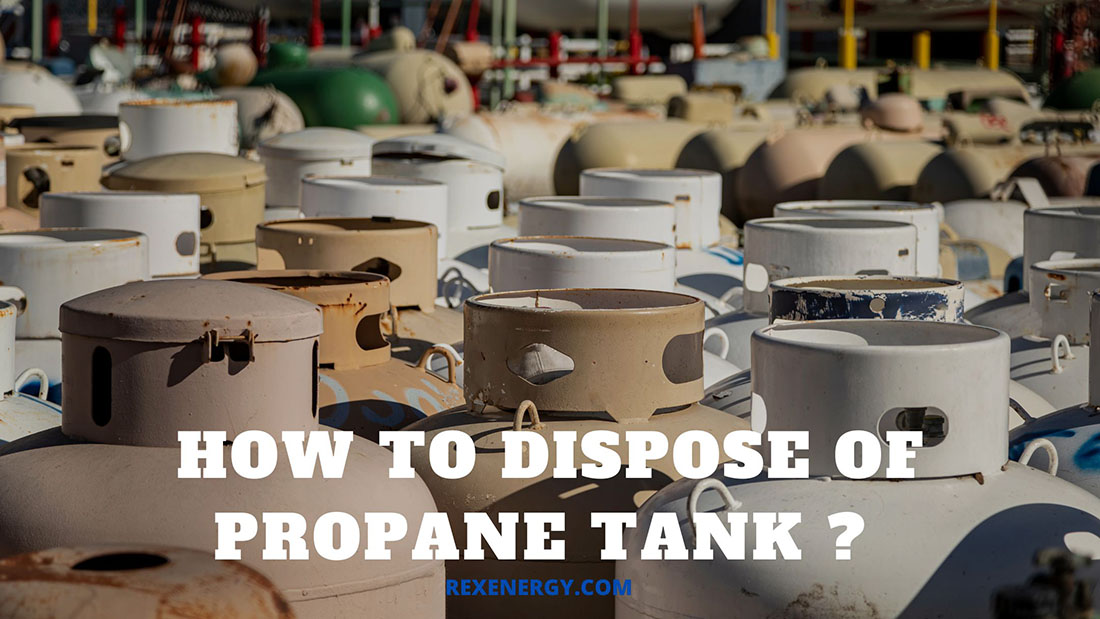Propane, known for its higher energy content than other fuel options, is commonly used for fireplaces, water heaters, furnaces, and outdoor grills.
However, this flammable fuel source might cause accidents if not used properly, not to mention its operation cost. You should learn about the amount of BTUs per pound of propane to use it more wisely, which we will explain below.
How Many BTUs Are There in A Gallon of Propane?
Each gallon of propane has about 91,452 BTUs (British Thermal Unit). This means burning one gallon of propane will release 91,452 BTUs of energy content for cooking, heating, powering appliances, etc.
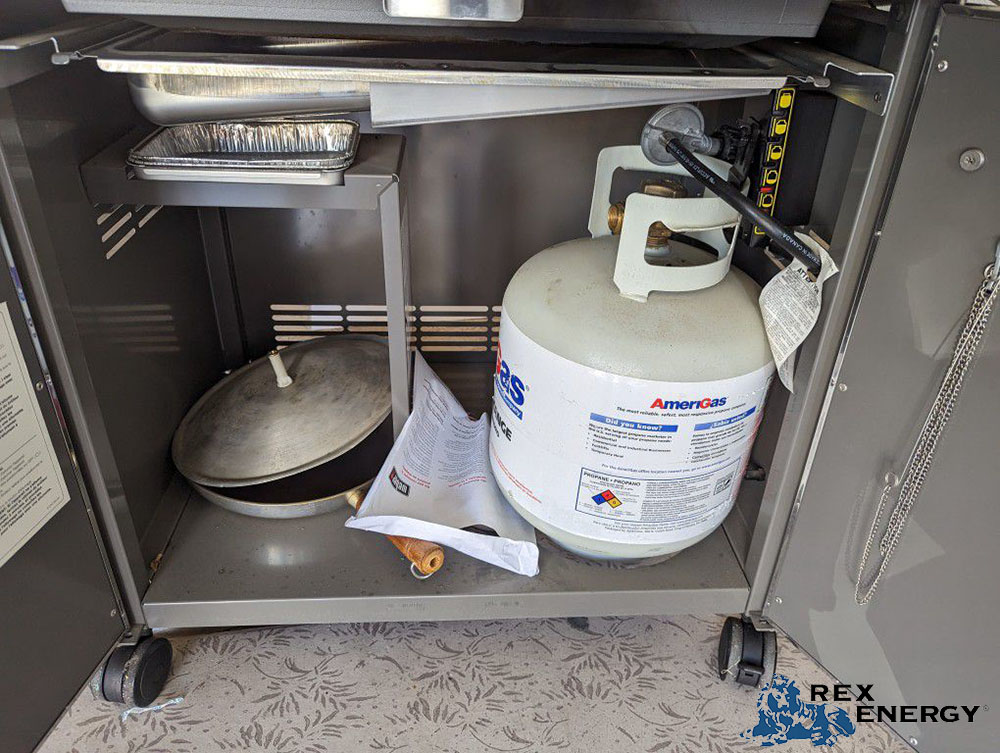
You can also convert any amount of gas into BTU using a simple mathematical formula. Note that we are actually calculating the propane volume as a liquid, as how it’s stored in the container.
- Most regular propane tanks have a 5-gallon capacity. Multiply the gallon numbers (5, in this example) with 91,452 (the BTUs in each gallon). We have 91,452 x 5 = 457,260 BTUs of energy content for the whole tank.
- You can use the KBTU as the measurement unit instead. Divide the BTUs by 1000, and you will have 457,260/1000 = 457.26 KBTUs.
This calculation applies to propane tanks in other sizes as well. For instance, in a 20 lb propane tank, the total energy content is 1,829,040 BTUs or 1,829.04 KBTUs.
Propane’s Energy Content Compared to Other Fuel Options
It can be tricky to compare the energy content of different fuels since they come in different forms and are not delivered the same way; that’s why people often measure natural gas in cubic feet but calculate liquid propane in gallons.
Nevertheless, you can convert them to BTUs to put them on the same page for an apple-to-apple comparison; simply put, higher BTUs per fuel unit equals greater heating efficiency for one given space.
| Natural gas | 1 cubic feet = 1036 BTUs1 CCF (100 cubic feet) = 103,600 BTUs |
| Electricity | 1 kilowatt-hour = 3,412 BTUs |
| Propane | 1 gallon = 91,452 BTUs |
| Heating oil | 1 gallon = 138,500 BTUs |
| Diesel Fuel | 1 gallon = 137,381 BTUs |
| Wood | 1 cord = 20,000,000 BTUs |
A gallon of heating oil packs much more power than one gallon of propane or one cubic foot of regular/natural gas.
But don’t jump to the conclusion that propane is not as good as heating oil due to the fewer BTUs per gallon. Remember that fuel cost is another crucial factor. Here, the BTUs help us compare different fuel types more accurately by revealing how much power you’re getting for each dollar.
Below is a quick breakdown based on data from the US Energy Information Administration (February 2021):
- 1 CCF (hundred cubic feet) of natural gas provides approximately 103,600 BTUs at $0.955.
- 1 gallon of heating oil delivers 138,500 BTUs, priced at $2.75.
- 1 gallon of propane generates about 91,452 BTUs and costs $2.304.
So, while propane gives you much fewer BTUs each gallon, it charges $0.446 less than oil. Better yet, you can choose any propane supplier – a significant advantage!
How Much BTUs Do Propane Appliances Use On Average?
Let’s take a closer look at the approximate figures of propane consumption for each propane appliance:
- Pool heater: A pool heater uses around 425,000 BTUs per hour, equivalent to roughly 4 gallons of propane.
- Propane furnace: One of the most common heating and cooling systems, a propane furnace may consume about 100,000 to 200,000 BTUs per hour.
- Fireplace (ceramic logs included): Known for their cozy warmth, these fireplaces often generate 26,000 BTUs per hour.
- Propane stove: Cooking on a gas range might need 5,000 to 18,000 BTUs per hour, depending on the number of burners on the stove.
- Tankless water heaters: A tankless heater could use about 40,000 to 60,000 BTUs per hour.
- Propane dryer: Expect about 18,000 to 30,000 BTUs per hour (less than 1 gallon daily).
- Propane grills: According to industry standards, the BTU on these grills is usually 20,000 to 40,000 BTUs/hour.
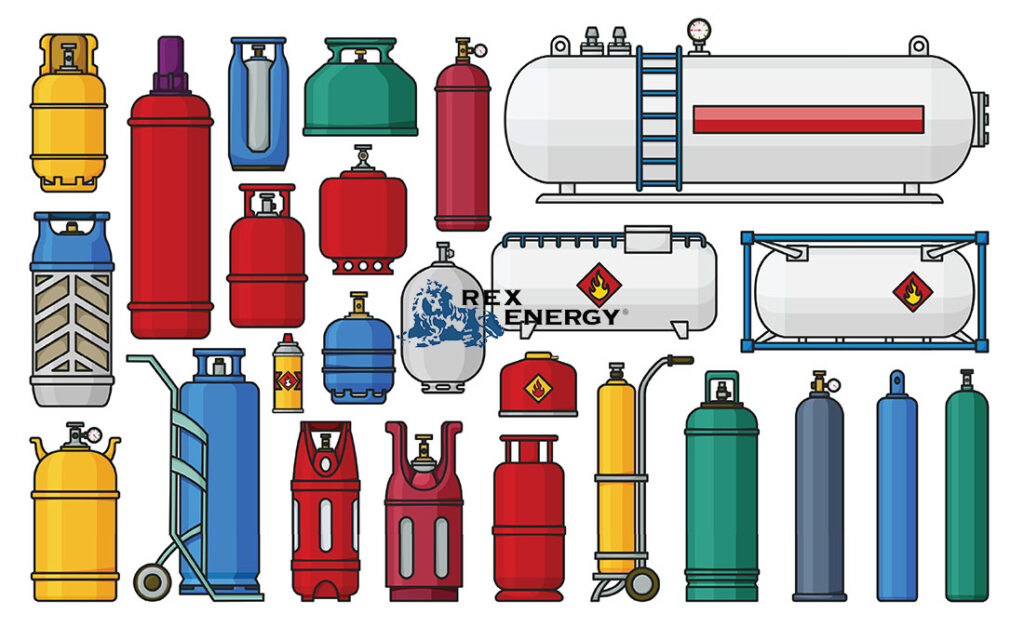
Note that these figures might vary based on usage and household size.
Consider contacting the supplier for more info regarding your propane consumption; you can use it to determine how often and how much you should buy propane. You can also enroll in a budgeting program (offered by many suppliers) for constant supplies of hot meals and hot showers.
Some Saving Tips to Avoid Excessive Usage of Propane and BTUs
- Turn The Thermostat Down: Every degree of setback on the thermostat can help you save 3% of the total heating bill.
Therefore, we suggest turning it down to about 10 degrees whenever you are at work or in bed. That accounts for 16 hours per day, saving you approximately 14%.
- Use A Tank Gauge: Buy a gauge and monitor it as often as possible; also, request propane deliveries whenever the gauge reads from 25 to 30%. Do not let the tank go completely empty, or you will have to pay extra delivery charges.
- Close The Fireplace Damper When Not Used to Trap In More Warm Air: A wide-open damper is no different from a roof hole when heat rises. The fires will suck a lot of room heat, so limit the fireplace usage and close the damper when you don’t use it.
- Place Heating Vents In An Open Space: If you let furniture and rugs block the vents, heated air will not circulate efficiently.
Conclusion
Propane uses 91,452 BTUs per gallon, which might not be as impressive as heating oil or natural gas but can save you quite a few bucks. You can also use our extra tips to reduce costs while ensuring proper heat distribution and minimal power loss.

